The art of Qatar, a nation rich in culture and heritage, has evolved significantly over the years. This evolution reflects the country’s journey from a traditional society to a modern state, deeply influenced by its economic, social, and cultural transformations.
The Bedouin Influence and the Birth of Modern Qatari Art
Historically, Qatari art was deeply rooted in the Bedouin tradition, with a strong preference for art forms like calligraphy, architecture, and textiles over paintings due to Islam’s stance on depictions of sentient beings. This began to change in the mid-20th century with the newfound wealth from oil exports, which led to the modernization of Qatari society and, consequently, its art scene.
The Rise of Modern Art in Qatar
The substantial development of the art scene in Qatar began in the mid-to-late 1950s. Initially overseen by the Ministry of Education, which hosted art exhibitions, the government began increasing funding for the arts in 1972. This period saw the emergence of Jassim Zaini, considered the father of modern Qatari artists, who documented the transition of Qatari society through his diverse techniques. The establishment of the Qatari Fine Arts Society in 1980 aimed to promote the works of local artists, further solidifying the country’s commitment to nurturing its art scene.
The Integration of Art Education and International Exposure
The Ministry of Education played a pivotal role in integrating art education into the school system and providing facilities for art workshops. The government also offered scholarships for artists to study abroad, broadening their horizons and bringing international influences into Qatari art. Notable artists like Yousef Ahmad, the first to receive an M.A. and hold a solo exhibition in Qatar, contributed significantly to the growing art movement.
Emergence of Diverse Art Movements
By the late 20th century, Qatar witnessed the emergence of various art movements, including surrealism, realism, expressionism, abstract art, and calligraphy. This diversification was a testament to the growing complexity and maturity of the Qatari art scene. Hassan bin Mohamed bin Ali Al Thani, a member of the ruling family, played a crucial role in this development. His contributions included establishing a museum that also served as a residency for Doha-based artists and founding the Mathaf: Arab Museum of Modern Art, to which he donated his extensive art collection.
Conclusion
The journey of Qatari art from its Bedouin roots to a modern and diverse art scene mirrors the nation’s own transformation. This evolution is not just about the changing styles and themes but also reflects a deeper integration of Qatar into the global art narrative. The continual support from the government and influential figures has ensured that Qatari art not only preserves its rich heritage but also embraces new forms and expressions. As a living and evolving entity, Qatari art continues to fascinate and inspire, marking the nation as a significant player in the global art community.
Visit ArtQart.com to explore the unique and evolving world of Qatari art, where tradition meets modernity in a vibrant artistic expression.








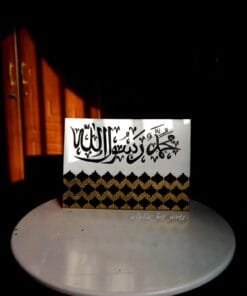

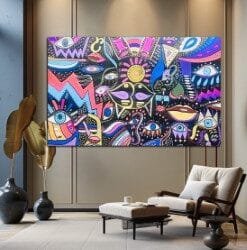


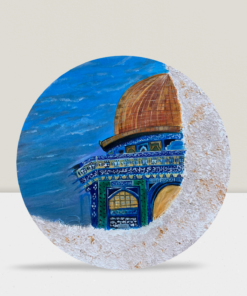
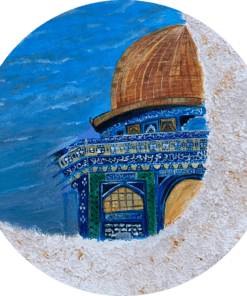
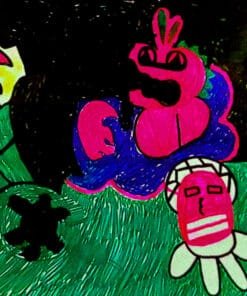


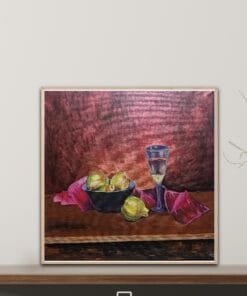

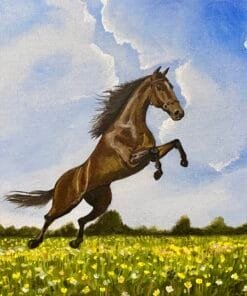



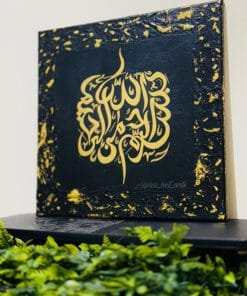

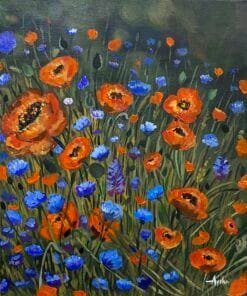



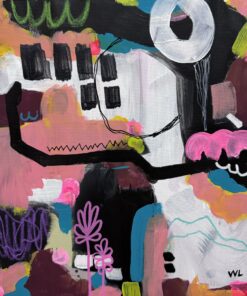



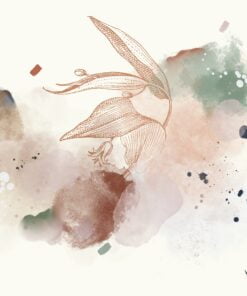


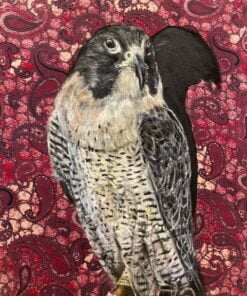




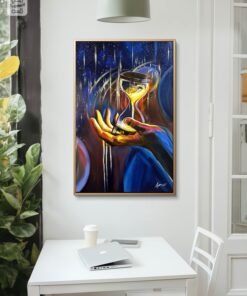

Pingback: Spotlight on Qatari Talent: 7 Artists You Should Know - Cindrebay
Pingback: From Hanbok to High-Fashion: South Korea’s Style Journey - Cindrebay